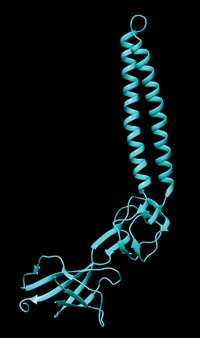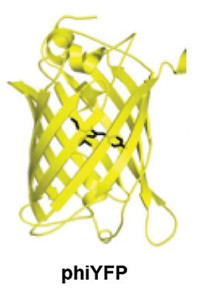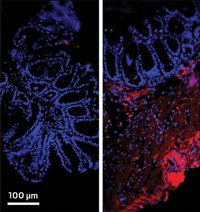Advertisement
Grab your lab coat. Let's get started
Welcome!
Welcome!
Create an account below to get 6 C&EN articles per month, receive newsletters and more - all free.
It seems this is your first time logging in online. Please enter the following information to continue.
As an ACS member you automatically get access to this site. All we need is few more details to create your reading experience.
Not you? Sign in with a different account.
Not you? Sign in with a different account.
ERROR 1
ERROR 1
ERROR 2
ERROR 2
ERROR 2
ERROR 2
ERROR 2
Password and Confirm password must match.
If you have an ACS member number, please enter it here so we can link this account to your membership. (optional)
ERROR 2
ACS values your privacy. By submitting your information, you are gaining access to C&EN and subscribing to our weekly newsletter. We use the information you provide to make your reading experience better, and we will never sell your data to third party members.
Analytical Chemistry
Understanding Cadmium Toxicity In Bacteria
The metal diminishes cellular stores of manganese and zinc, and makes bacteria sensitive to oxidative stress
by Michael Torrice
March 16, 2015
| A version of this story appeared in
Volume 93, Issue 11

Cadmium enters the environment mainly through industrial sources, including burning fossil fuels and recycling electronic waste. Despite cadmium’s accumulation, scientists don’t fully understand the molecular mechanisms behind its toxicity in cells, especially how it leads to oxidative stress. Now researchers in Australia explain that, in a model bacterial organism, the metal causes problems by depleting the cell’s internal stores of manganese and zinc (Nat. Commun. 2015, DOI: 10.1038/ncomms7418). Christopher A. McDevitt of the University of Adelaide and colleagues found that Cd2+ sneaks into Streptococcus pneumoniae by competing with Mn2+ for a certain transporter protein complex. When Cd2+ gets inside, the cell’s metal-sensing machinery mistakes it for Zn2+ and triggers the expression of proteins that export Zn2+. The team also determined that Cd2+ doesn’t directly cause oxidative stress. Instead, the resulting low Mn2+ levels lead to decreased expression of an enzyme that removes superoxide radicals. Without this enzyme, the cells become sensitive to reactive oxygen species. Replenishing Mn2+ in the cells, even when Cd2+ concentrations are high, restores the enzyme’s expression and the cell’s ability to withstand oxidative stress.





Join the conversation
Contact the reporter
Submit a Letter to the Editor for publication
Engage with us on Twitter